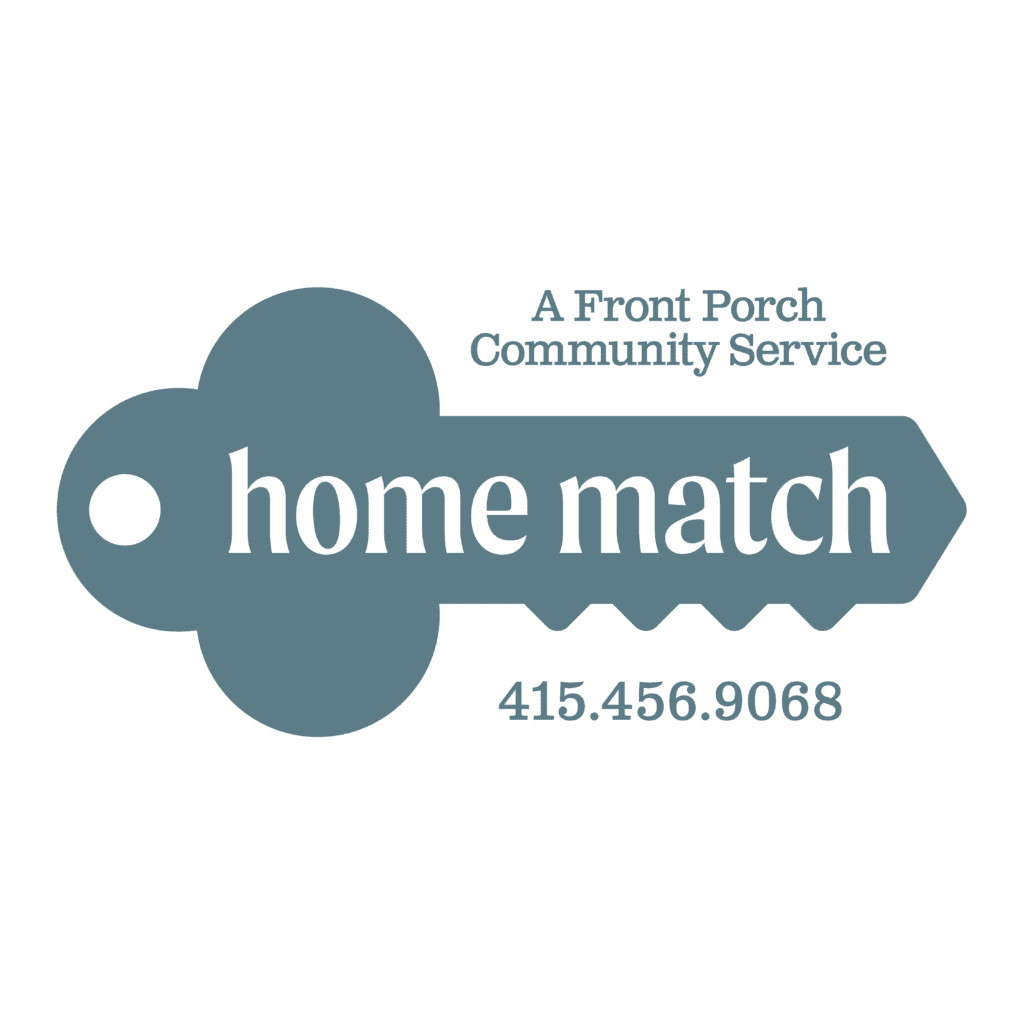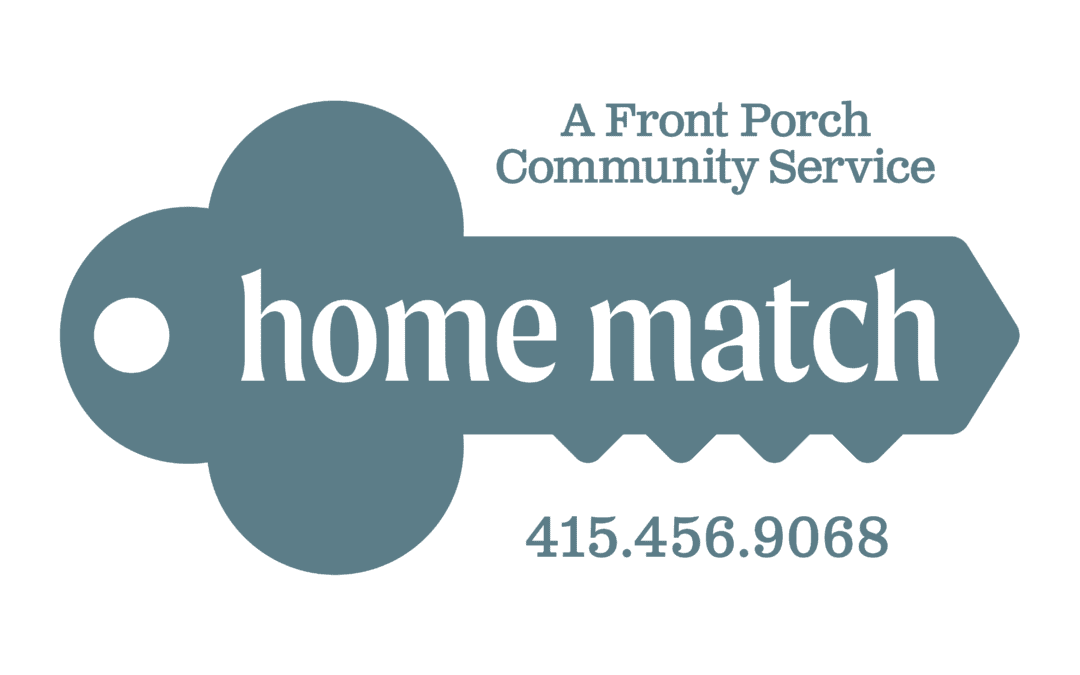By Luke Barnesmoore
 In California, older adults are now the fastest-growing demographic facing first-time homelessness. Shockingly, 48% of the unhoused population in California is over 50, with 41% experiencing homelessness for the first time after reaching this age milestone. Typically, these individuals, predominantly women, have led stable lives with steady employment and housing until financial strains, primarily from the widening gap between fixed incomes like social security and the soaring cost of living, force them into homelessness.
In California, older adults are now the fastest-growing demographic facing first-time homelessness. Shockingly, 48% of the unhoused population in California is over 50, with 41% experiencing homelessness for the first time after reaching this age milestone. Typically, these individuals, predominantly women, have led stable lives with steady employment and housing until financial strains, primarily from the widening gap between fixed incomes like social security and the soaring cost of living, force them into homelessness.
This trend poses a unique challenge for Marin County’s homelessness response system. Upon entering the coordinated entry system, individuals undergo assessments to gauge their vulnerability, based on factors like substance abuse, mental health issues, or recent involvement with the criminal justice system. However, many older adults facing homelessness due to financial strain score low on these assessments, functionally preventing them from accessing more comprehensive interventions like Permanent Supportive Housing or Housing Choice Vouchers.
For these older adults who score too low, the primary financial intervention available through coordinated entry is Rapid Rehousing Grants, which in Marin generally offer six to nine months of financial assistance. This short-term aid fails to address the root cause of their homelessness—long-term inability to afford rent.
The Board of Supervisors definition of equity, which guides development of strategic plans for county departments like Health and Human Services, addresses equitable access to services but fails to address equitable outcomes in services. Older adults are—as we might expect given the realities of aging— high utilizers of HHS services, but they are not seeing equitable outcomes in our homelessness response system because the interventions available through coordinated entry are not designed to meet their unique needs.
To be clear—this equity gap for older adults does not imply that there is a problem with HHS (or that homelessness prevention must be housed within HHS). HHS’s Division of Homelessness and Coordinated Care is staffed by a hardworking and thoughtful group of people who do an exceptional job with the resources available to them. The central problem is that most State and Federal homelessness funding streams are reserved for people who have already become homeless. Change is coming on that front, but State and Federal policy are often slow to change. This puts the onus on the county to either pass a revenue generating measure like San Francisco’s Prop C or allocate general fund dollars.
We cannot accept the notion that asking our elected officials to prevent displacement and homelessness among low-income older adults is asking too much. The crisis of older adult homelessness is grave, but the solution is in many cases relatively simple. If older adults are becoming homeless because we’ve broken our society’s social contract by failing to build enough affordable housing to meet the needs of community members living on social security or disability benefits, then we need to provide long term rent subsidies (often known as ‘shallow rent subsidies’) to keep them housed while we build and legislate our way out of the affordable housing crisis. This crisis of older adult homelessness comes as the result of decades of exclusionary housing policy and we have to take collective responsibility for this problem.
In most of the Bay Area, shallow rent subsidies are delivered as a homelessness prevention strategy because such subsidies are most effective when delivered before an individual becomes unhoused. While most Bay Area counties have developed and are implementing a homelessness prevention strategy, Marin County has yet to even begin the process of developing a prevention strategy. We’ve done some intermittent prevention work—for example Emergency Rental Assistance as a response to the COVID-19 pandemic—but we are yet to develop a formal, consistent strategy.
It’s imperative that the Board of Supervisors takes decisive action to address this pressing issue. Allocating funds towards homelessness prevention and rallying leadership from relevant county departments to develop a formal prevention strategy is the first step. Partnering with regional organizations like All Home—who are developing a regional prevention strategy with all Bay Area counties except Marin and San Mateo—is another logical step, especially because All Home is positioned to match county funds that are allocated towards creating a homelessness prevention system. Only by acknowledging and rectifying the obvious equity gap posed by a lack of homelessness prevention can Marin County uphold its commitment to equity and ensure that older adults in our community receive the care and support they deserve.
There are those in our community who would opt out of our responsibility to care for low-income older adults and argue that if someone can’t afford to live here then they should just move somewhere else. The health impacts of loneliness and social isolation are well documented. For example, the CDC found that social isolation is associated with a 50% increased risk of dementia and a 35% increased risk of heart disease. As such, the aforementioned community members are in effect saying that they don’t care if older adults who have spent their lives contributing to our community are shipped off to die of loneliness in some forsaken corner of the central valley. It is not acceptable for our community to throw up our hands and say there’s only so much we can do for low-income seniors. We can and must do better if we are to maintain our integrity and live our stated values.
MORE INFO ON HOME MATCH / FRONT PORCH COMMUNITY SERVICES.
Peskin Ballot Measure Aims to Pay Rent for Thousands of Low-Income Households in SF

